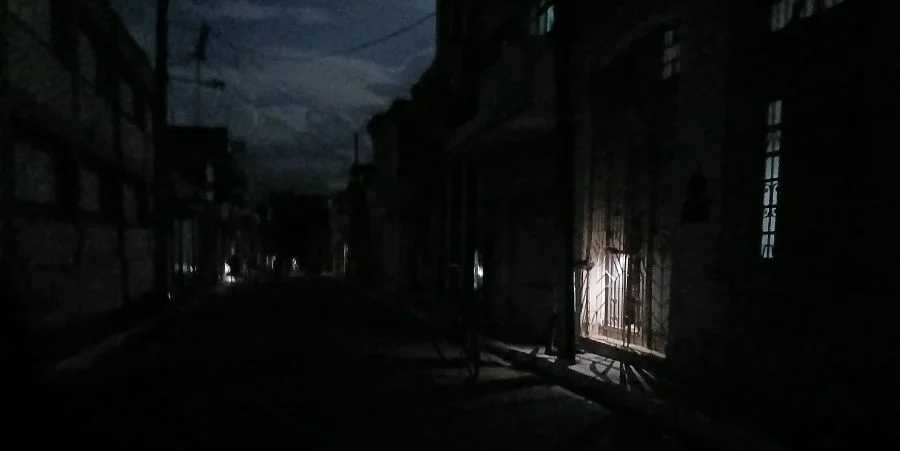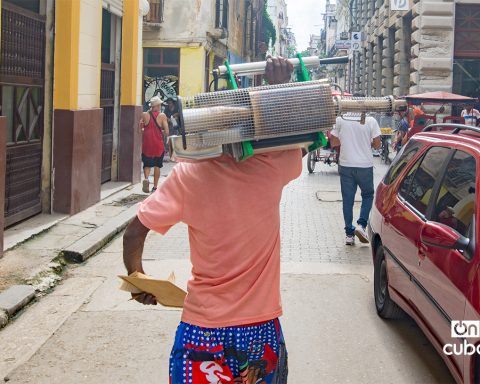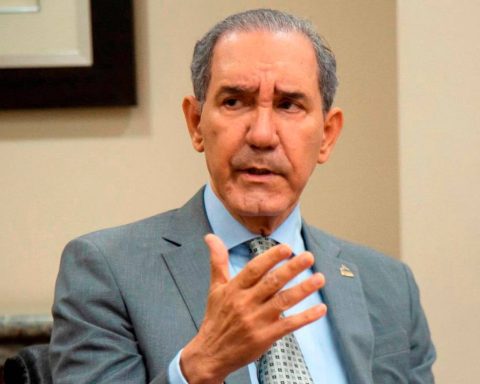MIAMI, United States. – The Electrical Union (UNE) of Cuba advertisement that the blackouts will simultaneously cover almost 51% of the national territory during peak hours (afternoon-night) this Thursday. The impact on the electrical service exceeds that of previous days and marks a historical record at least since the call Special Period.
The UNE indicated that the interruptions of the electrical service are due to the lack of fuel and breakdowns in the units of the operational terrestrial thermoelectric plants.
“50 distributed generation plants, the Mariel lake, the CDE Mariel, the Regla lake, 11 engines from the Melones lake and the Santiago de Cuba lake are out of service due to fuel,” the state company stated.
Specifically, for this Thursday the UNE calculates a maximum electricity generation capacity of 1,692 megawatts (MW) and a demand of up to 3,300 MW, for a deficit of 1,608 MW.
However, the impact (what will actually be disconnected) will reach 1,678 MW during peak hours on October 17, the UNE specified.
According to reports on social networks, most Cuban provinces only have three hours of electrical service a day. This panorama has caused stupor and frustration among Cubans. “Let them close everything, the schools and workplaces or, rather, the entire country,” wrote the user Digna Niebla Noble in the forum of a publication of CubaNet on Facebook. “They should remove it completely [la corriente eléctrica]so we know that we do not have to suffer, and that they turn off our lives once and for all, excuse me, this is not life,” said Judith Ortiz Charon.
In September, the Island recorded one of the highest electricity service impacts in three months (43%), although still below the 45% impact reported in February of this year.
Currently, power outages affect all provinces (although they are worse outside of Havana) and have reached up to 10 hours a day twice a day (around 20 hours in total).
In May of this year, the Cuban ruler, Miguel Diaz-Canelsaid the country would experience “prolonged” power outages until June due to maintenance work on the energy system. This measure, according to authorities, seeks to reduce interruptions during the months of July and August, when consumption is highest.
“We are going to have extended maintenance until the month of June to minimize the annoyance of blackouts in the summer, especially in the months of July and August,” said Díaz-Canel in the sixth episode of his podcast. From the Presidency. The governor made it clear that the total absence of blackouts cannot be guaranteed: “We cannot commit to there being no blackouts. Due to the current conditions of the system, that commitment is not possible now,” he declared.
The blackouts, which exceeded a third of their impact in June, further complicate the country’s already tense energy situation. Power outages affect all provinces, reaching up to 10 hours a day, even in Havanawhere “scheduled” blackouts are implemented by neighborhood, lasting approximately eight hours.
These blackouts not only deteriorate the economic performance of Cuba, which has been mired in a serious crisis for years, but have also been the trigger for anti-government protests. The most notable ones occurred on July 11, 2021the largest in decades, and most recently on March 17 in Santiago de Cuba and other locations.

















